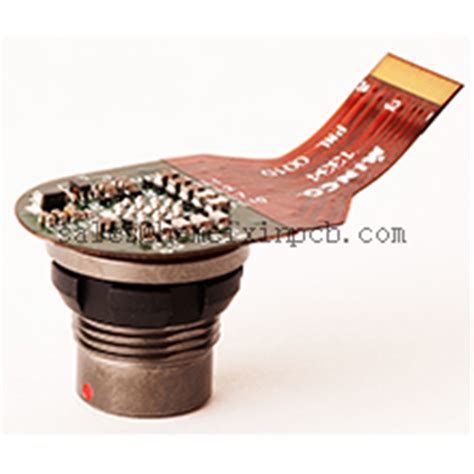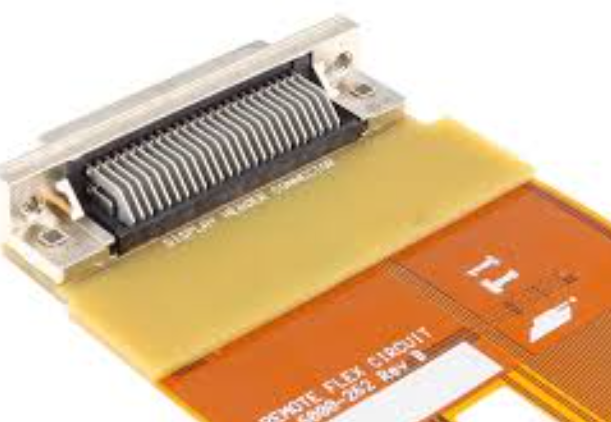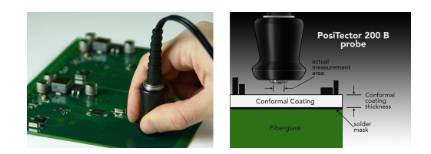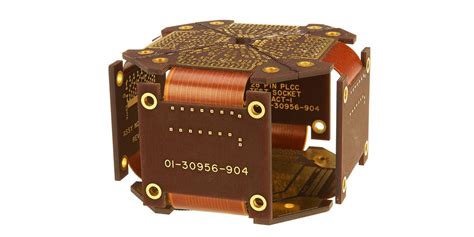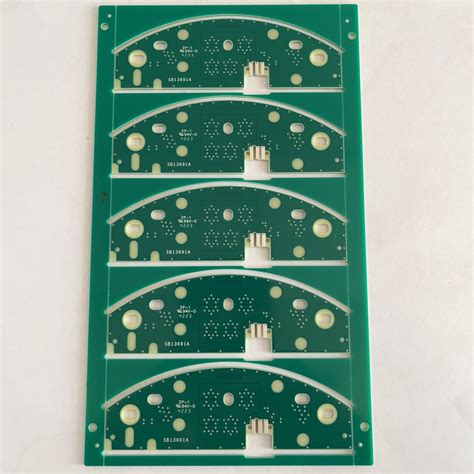Advancements in Flexible Printed Circuit Assembly Technology
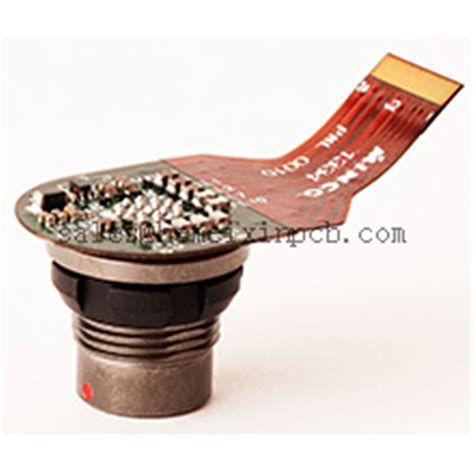
Key Takeaways
The world of Flexible Printed Circuit Assembly (FPCAs) is rapidly evolving, bringing forth numerous pcb assembly innovations that significantly impact various sectors. Among the most noteworthy advancements is the improvements in design efficiency, where recent tools and software allow engineers to create complex circuits that can fit into intricate and compact spaces. This efficiency not only streamlines the design process but also reduces the time taken to bring products to market.
Additionally, advancements in manufacturing processes have led to enhanced outputs and reduced errors in pcba production. Techniques such as automated assembly and advanced materials are being incorporated, optimizing the quality of flexible circuits while minimizing costs.
Versatility is a hallmark of flexible circuits, as they serve an array of industries ranging from consumer electronics to aerospace. Their ability to conform to unique shapes without sacrificing functionality makes them ideal for applications where traditional circuits fall short.
“Adapting to new technologies will ensure that companies remain competitive in the rapidly changing electronics market.”
In summary, the future looks promising for Flexible Printed Circuit Assembly, with trends indicating a push towards sustainability, miniaturization, and enhanced integration capabilities within various products. As industries continue to embrace these innovations, understanding both the challenges and opportunities in this field is crucial for achieving lasting success in modern electronic manufacturing.

Understanding Flexible Printed Circuit Assembly: An Overview
Flexible Printed Circuit Assembly, commonly referred to as pcb assembly, represents a significant evolution in electronic design and manufacturing. Unlike traditional rigid circuit boards, flexible circuits allow for a greater degree of design flexibility, which is essential in today’s compact and complex electronic devices. This technology enables engineers to create lightweight, space-efficient designs that can bend and fit into a variety of spaces without compromising functionality. One of the key components of this assembly process is PCBA (Printed Circuit Board Assembly), which integrates various electronic components onto the flexible substrate, facilitating improved electrical connectivity and durability.
The introduction of advanced materials has revolutionized the capabilities of flexible printed circuit assemblies, making them suitable for diverse industries ranging from consumer electronics to medical devices. These innovations in material science contribute not only to enhanced performance but also to increased reliability in challenging conditions. As industries continue to demand more from their electronic components, understanding the fundamentals and advantages of flexible circuits becomes essential for professionals engaged in design and manufacturing processes. In summary, flexible circuits play a crucial role in enabling the next wave of innovation in circuitry by addressing both design challenges and functionality requirements.
Recent Innovations in Design Efficiency for Flexible Circuits
The evolution of flexible printed circuit assembly (FPCAs) has heralded a wave of remarkable innovations focused on enhancing design efficiency. One of the pivotal advancements is the integration of advanced PCB assembly techniques that allow for more intricate layouts within limited spaces. Engineers can now utilize software tools that automate the design process, reducing manual errors and streamlining workflows. Additionally, the adoption of 3D modeling technologies offers designers a more holistic view of circuit implementations, leading to optimized component placements and minimized material waste. Furthermore, implementing modular designs in pcba allows manufacturers to easily adapt circuits for varying applications while maintaining high functionality. These innovations collectively contribute to faster production cycles and lower costs, making flexible circuits not only more efficient but also increasingly preferred across diverse industries—from consumer electronics to medical devices—where space and performance are paramount. The ongoing developments in design methodology promise to further enhance both the agility and versatility of flexible printed circuit assemblies moving forward.
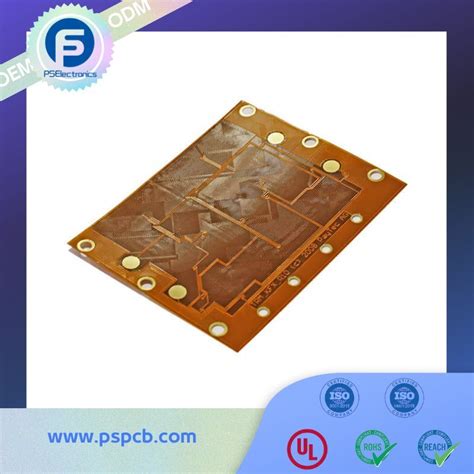
Enhancing Manufacturing Processes in Flexible Printed Circuit Assembly
The manufacturing processes involved in flexible printed circuit assembly (FPCAs) have seen transformative improvements driven by technological advancements. These innovations streamline production workflows, reducing lead times and overall costs associated with pcb assembly. One significant development is the automation of assembly lines, which employs advanced robotics and precision machinery to enhance accuracy and speed. By integrating automation, manufacturers can optimize the placement of components on flexible substrates, ensuring that each pcba (printed circuit board assembly) is reliable and meets stringent quality standards. Moreover, the advent of new materials such as flexible adhesives and conductive inks is reshaping the landscape of manufacturing strategies. These materials not only facilitate better bonding during the assembly process but also improve the electrical performance of circuits in varied environmental conditions. As industries continue to demand more versatile and efficient solutions, the methodologies surrounding flexible printed circuit assemblies are evolving. This shift not only benefits production efficiency but also enhances the adaptability of products for a broad range of applications, from consumer electronics to medical devices and beyond. The focus on continuous improvement in manufacturing processes underpins significant advancements in FPCAs, highlighting their pivotal role in modern electronics production.
Versatility of Applications: Industries Utilizing Flexible Circuits
Flexible printed circuit assembly (FPCAs) technology has evolved to cater to a wide range of industries, thanks to its intrinsic versatility and adaptability. The pcb assembly process allows designers and engineers to incorporate flexible circuits into applications that require minimal space, weight reduction, and enhanced functionality. In the consumer electronics sector, for instance, flexible printed circuits are extensively used in smartphones and wearables, enabling sleek designs without compromising on performance. Automotive manufacturers are also embracing this technology for advanced driver-assistance systems (ADAS), where pcba plays a crucial role in optimizing space while providing reliable connectivity. Furthermore, in the medical field, flexible circuits assist in developing compact and innovative devices like wearable health monitors and implantable devices that can withstand the rigors of human movement. The flexibility of this assembly method allows unparalleled integration into diverse settings, making it a favored choice among engineers looking for solutions that meet both form and function demands across industries.
The Future of Flexible Printed Circuit Technology: Trends and Predictions
As the demand for more advanced electronics continues to rise, flexible printed circuit assembly (FPCAs) is poised to play a crucial role in shaping the future of electronic device design. Emerging trends indicate that pcb assembly processes will increasingly emphasize enhanced integration capabilities, allowing for more compact and efficient designs. One of the most significant predictions is the continued miniaturization of components, enabling manufacturers to create increasingly complex circuit layouts that fit into smaller devices without sacrificing performance. Additionally, advancements in materials technology are expected to improve both the durability and flexibility of these circuits, making them suitable for use in a wide range of applications, from wearable technology to automotive systems.
Moreover, automation and smart manufacturing techniques are likely to become integral features of the pcba process, enhancing production efficiency and reducing lead times. The use of artificial intelligence (AI) in quality control may also revolutionize how flexible printed circuit assemblies are monitored during production, ensuring higher reliability in final products. As we look ahead, industries that adopt these innovative technologies will not only benefit from increased design versatility but also from improved profitability as they meet the evolving needs of consumers and markets around the globe.

Comparing Traditional vs. Flexible Printed Circuit Assemblies
The landscape of pcb assembly has evolved dramatically with the advent of flexible printed circuit assembly (PCBA). Unlike traditional rigid boards, which are limited by their structural designs, flexible circuits offer a myriad of advantages that cater to the needs of modern electronics. A major distinction lies in flexibility itself; flexible circuits can bend, twist, and fold without compromising functionality, making them ideal for applications in compact spaces where traditional boards would fail. Moreover, the lightweight nature of flexible printed circuits facilitates easier integration into various devices, contributing to advancements in product design. In manufacturing terms, the automation processes associated with flexible PCBA can lead to significant cost reductions and increased production efficiency. Additionally, these modern assemblies can support higher circuit densities and reduced weight compared to their rigid counterparts, thereby improving overall device performance. As industries strive for greater miniaturization and mobility in products—from consumer electronics to medical devices—understanding these differences is crucial for selecting the right type of assembly technology that meets specific application requirements. Ultimately, the continuous improvements in flexible PCBA will likely redefine electronic design paradigms across multiple sectors.
Key Challenges and Solutions in Flexible Printed Circuit Manufacturing
The pcb assembly sector, particularly in the context of flexible printed circuit assembly (PCBA), faces numerous challenges that can impact overall efficiency and output quality. One significant barrier is the complexity of design, as creating circuits that perform reliably while being flexible can demand highly sophisticated engineering methods. This complexity often leads to increased production costs and longer development timelines. Additionally, material limitations can pose issues; for instance, the substrates must be durable enough to withstand bending without sustaining damage, while still ensuring high-quality conductivity. Addressing these challenges requires innovative solutions such as advanced materials that combine flexibility with strength, alongside improved manufacturing techniques like multi-layering and precision laser cutting. Moreover, leveraging automation technologies in the production process can enhance accuracy and reduce lead times. By embracing these advancements and focusing on continuous improvement within pcb assembly practices, manufacturers can effectively navigate the hurdles of flexible printed circuit manufacturing and meet the growing demand across various industries.
Case Studies: Success Stories in Flexible Printed Circuit Applications
The utilization of flexible printed circuit assembly (PCB assembly) technology has led to significant advancements across various sectors. One prominent success story is in the realm of medical devices, where flexible circuits allow for compact designs that accommodate advanced functionalities. These PCBA solutions enable manufacturers to produce lightweight and durable devices, essential for portable diagnostics and wearable health monitors. In the automotive industry, the shift towards electric vehicles has also highlighted the importance of flexible circuitry. Innovations in flexible printed circuit assembly have made it possible to integrate complex sensor arrays within limited spaces, ensuring accurate performance monitoring while maintaining aesthetic appeal. Another impressive example comes from consumer electronics, where brands have adopted flexible circuits to enhance user interfaces with seamless touch controls and responsive designs. These case studies showcase how adaptable manufacturing processes and cutting-edge designs in flexible printed circuit assemblies not only meet current market demands but also pave the way for future innovations across multiple domains. The application versatility of this technology continues to redefine possibilities, demonstrating that the potential of PCBA solutions is only beginning to be realized in various industrial landscapes.
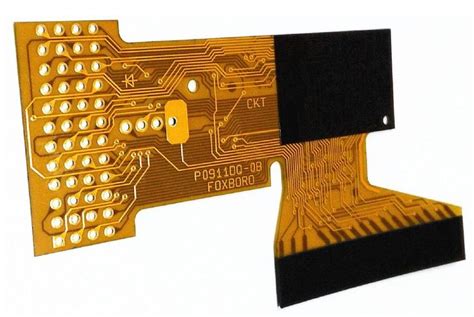
Conclusion
In summary, the advancements in flexible printed circuit assembly (often referred to as PCBA) technology are reshaping the landscape of electronic manufacturing across diverse industries. With continuous innovations, pcb assembly processes have improved in terms of design efficiency, allowing engineers to create more compact and intricate layouts while reducing material waste. This enhanced design capability is complemented by advancements in manufacturing techniques that streamline production, reduce costs, and increase reliability. Furthermore, the application versatility of flexible circuits has expanded beyond traditional electronics into sectors such as healthcare, automotive, and consumer electronics. As industries continue to explore the potential of these technologies, the future of flexible printed circuit technology promises even greater opportunities that will likely lead to more sophisticated and efficient PCBAs. By addressing key challenges through creative solutions, the industry can continue to evolve and adapt to meet the demands of an increasingly interconnected world.
FAQs
What is flexible printed circuit assembly (FPCBA)?
Flexible printed circuit assembly, often abbreviated as FPCBA, refers to the process of fabricating PCB assemblies that utilize flexible substrates, allowing for enhanced design possibilities and applications in various sectors.
What are the advantages of using flexible circuits?
Flexible circuits provide significant benefits including lighter weight, reduced space requirements, and increased durability, which are pivotal in sectors like consumer electronics and medical devices.
How does FPCBA improve manufacturing efficiency?
By employing advanced manufacturing techniques and materials, FPCBA streamlines production processes, reduces assembly time, and enhances overall product reliability compared to traditional rigid printed circuit assemblies.
In which industries are flexible printed circuits utilized?
Flexible circuits are extensively used in industries such as automotive, medical, telecommunications, and consumer electronics, providing versatility across a wide range of applications.
What challenges exist in flexible printed circuit manufacturing?
Challenges include material handling issues, the complexity of design requirements, and the need for specialized equipment to handle the intricate nature of pcb assembly, but innovative solutions continue to emerge.

